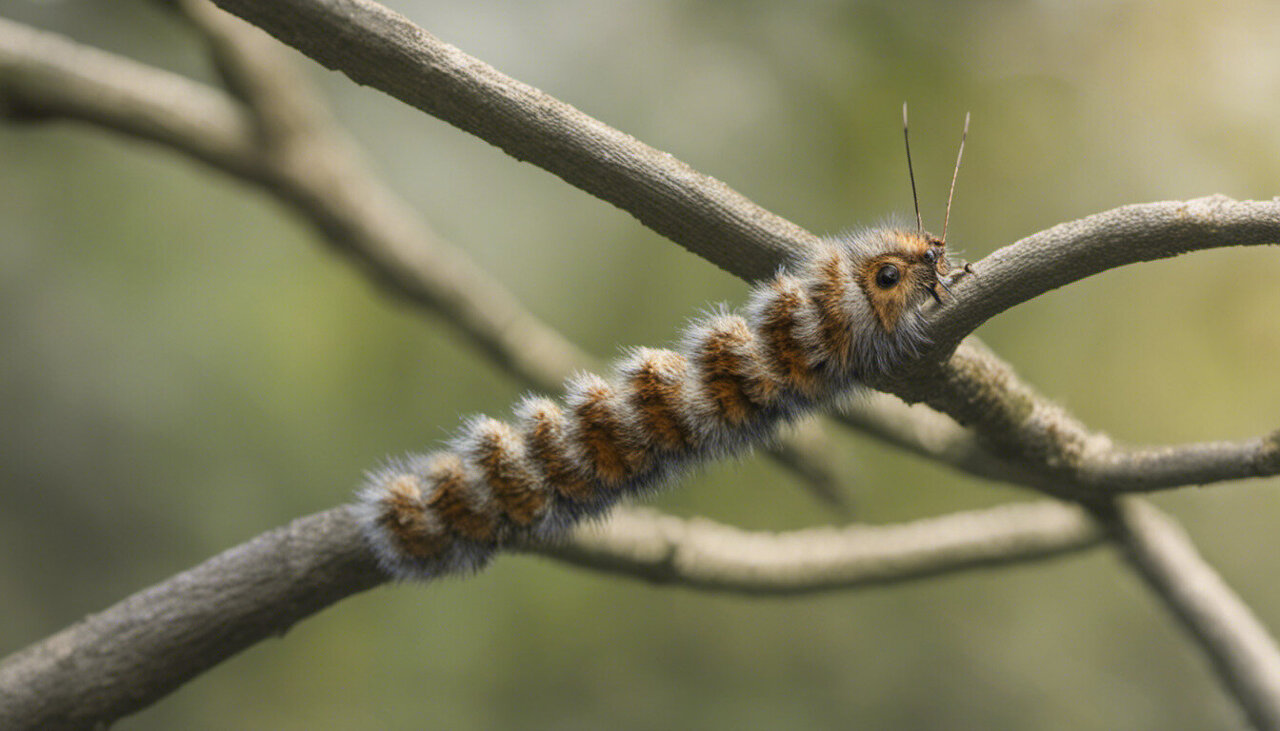The oak processionary moth has become a growing concern in southeast England due to its hazardous impact on human health. Rising temperatures have contributed to the spread of this insect as it colonizes new areas. The moth was accidentally introduced to London via imported oak trees that were infested with caterpillars, and it has since spread throughout the southeast. Not only are these caterpillars detrimental to oak trees, but they can also cause allergic reactions and irritation in humans and animals. As a result, the UK government has introduced new legislation to regulate the movement of oak trees to prevent further spread of the species.
Oaks are a crucial component of a biodiverse environment, supporting over 2,000 species of bird, fungi, mammal, invertebrate, bryophyte, and lichen. The oak processionary moth, Thaumetopoea processionea, is native to southern Europe and is known for its distinguishable black and white hairy caterpillars. These caterpillars move in groups, following chemical and tactile signals on oak trees or the ground to find and consume leaves. They have a defense mechanism due to their covering of hairsthat contains a toxic protein known as thaumetopoein which can cause rashes, irritation and breathing difficulties in humans and animals.
Climate change has accelerated the spread of oak processionary moths to suitable areas, and a lack of predators has also contributed. Treatment of infestations involves identifying them early in their lifecycle, which is in April and May. Infected trees are sprayed with targeted insecticides, and nests are removed to prevent future reinfections. Pheromone traps can also help by disrupting the moth’s reproductive cycle and identifying the location of nests. Members of the public can help tackle the spread of oak processionary moths by identifying them and reporting them to Forest Research via their TreeAlert service.
Overall, oak processionary moths pose a severe threat to the environment and public health. It is essential to take preventative measures to control their spread and protect the biodiversity of the area.
Denial of responsibility! TechCodex is an automatic aggregator of the all world’s media. In each content, the hyperlink to the primary source is specified. All trademarks belong to their rightful owners, and all materials to their authors. For any complaint, please reach us at – [email protected]. We will take necessary action within 24 hours.

Jessica Irvine is a tech enthusiast specializing in gadgets. From smart home devices to cutting-edge electronics, Jessica explores the world of consumer tech, offering readers comprehensive reviews, hands-on experiences, and expert insights into the coolest and most innovative gadgets on the market.


